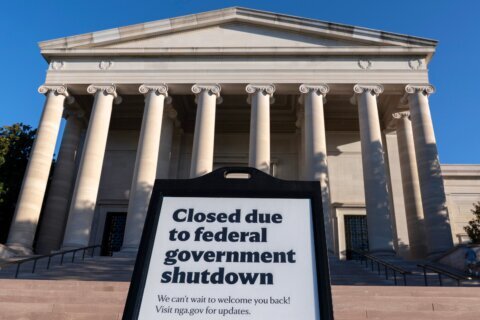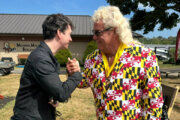Hardly any snow has fallen in the D.C. region this winter, and with temperatures getting unusually warm Thursday, some experts say the spring could be significantly less colorful than normal.
“We look at the winter weather every year as a predictor of how our spring is going to go,” said Lou Meyer, an arborist in the D.C. area with the Davey Tree Expert Company.
While cherry blossoms typically get the most attention during spring, there are many other flowering trees that blossom and bring spectacular colors to the region.
If those colors start to come out too early in the winter, there may be less momentum for them to shine in the spring.
“When we have warm winters like this year, it does some fairly unusual things to our trees and shrubs,” Meyer said.
Essentially, warmer winter weather causes trees to push out their blooms because they’re tricked into thinking that it’s a spring day.
Colder air than what typically comes in is what quickly wipes out those blooms.
“That frequently prohibits the trees from reblooming later,” Meyer said. “It takes a lot of energy for the trees to push out new flowers, so at the normal time of bloom, you just don’t see them.”
It affects more than just aesthetics, Meyer said.
Pollinators — including bees, butterflies and moths — are going to be flying around in the spring looking for color signals that would normally draw them to flowers, but they just won’t be there.
Warmer winter weather can also be detrimental to the overall health of certain trees.
When trees are repeatedly blooming and putting out buds, it drains the energy resources the trees have stored up throughout the year.
That can make them more vulnerable, as some trees will not have the energy required to stay healthy and fight off pests, insects or diseases.
It is similar to how a person would be more vulnerable due to a weakened immune system.
“It affects a lot of things beyond just the beauty of the spring,” Meyer said.








